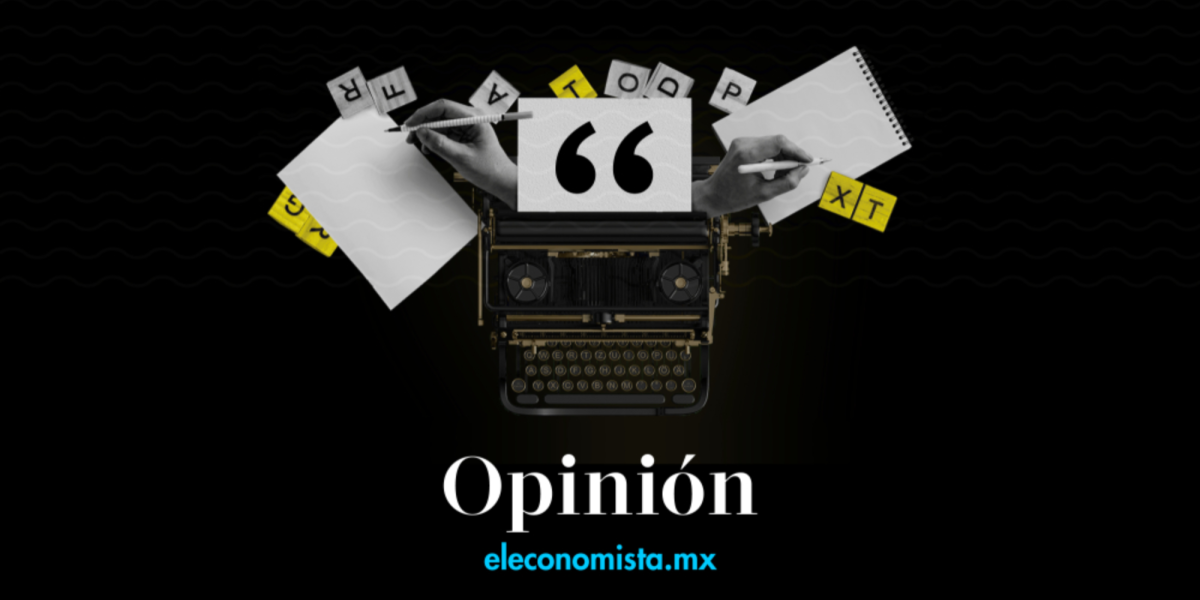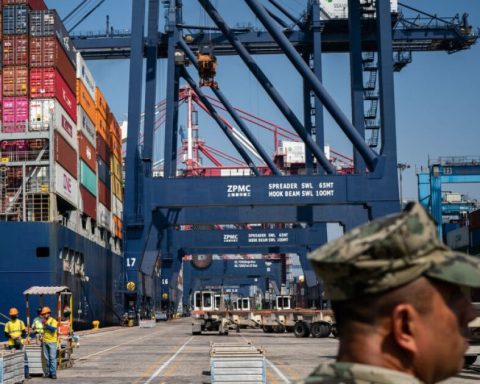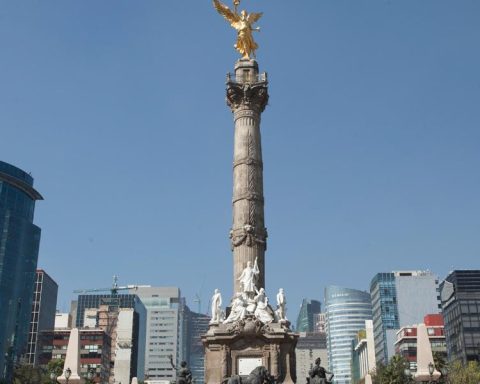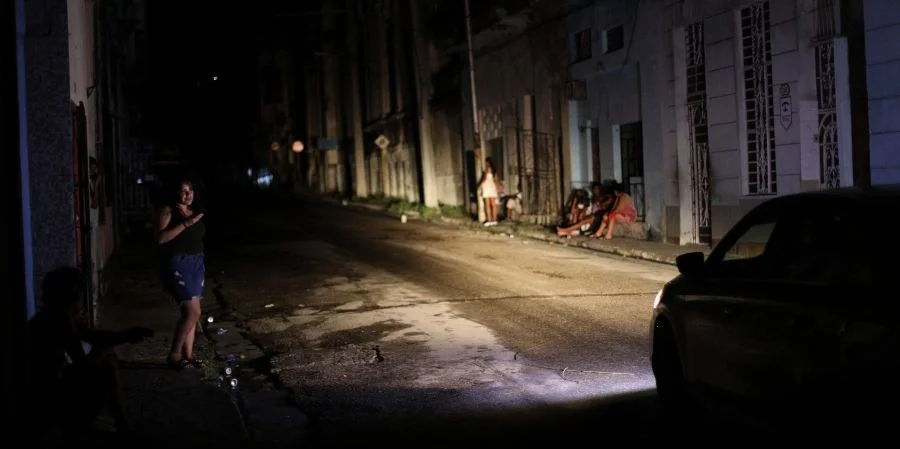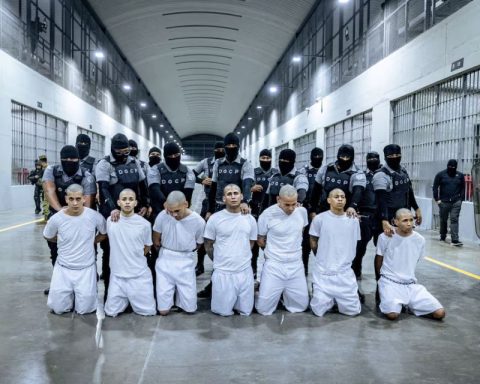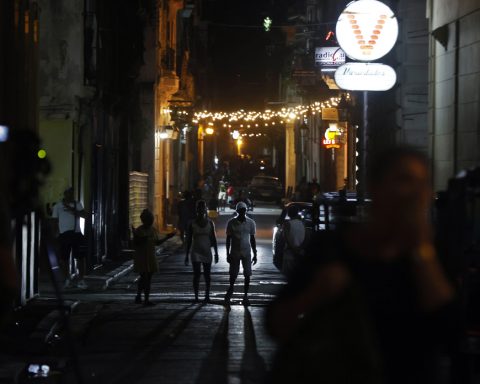In a context of escalating Russia’s war of aggression against Ukraine, President Volodymyr Zelensky presented his “Victory Plan.” In general terms, the proposal contemplates, at least from what was made public, the following:
- Formally invite Ukraine to join the North Atlantic Treaty Organization (NATO).
- Strengthen defense against the Russian armed forces, allowing the use of long-range weapons to attack military targets in Russia.
- Implement a non-nuclear deterrence strategy on Ukrainian soil to contain the advance of the Russian army.
- Jointly protect Ukraine’s natural resources, while harnessing the country’s economic potential.
- For the postwar period, replace some American troops in Europe with Ukrainian soldiers.
In the first instance, it is unlikely that Ukraine will be invited to join NATO in the short term, since the expansion of this military organization towards the Russian border is one of the arguments used by President Vladimir Putin to justify the start. of the “special military operation” in Ukraine in February 2022. This move would mean an unprecedented escalation of the conflict and the impossibility of reaching a political and diplomatic agreement.
Despite the warnings, the defense ministers of the G7 member states and the EU’s high foreign policy representative, meeting in Naples, agreed to support Ukraine in its full Euro-Atlantic integration, including its entry into NATO.
The second point is also controversial, since the use of long-range weapons would increase the risk of endangering the lives of civilians and violating international humanitarian law. Furthermore, its use in Russian territory would undoubtedly lead the government of that country to intensify attacks, arguing that its sovereignty is being violated.
The third point refers to the Ukrainian government’s intention to increase the capacity of its military forces so that the Russian government desists from continuing its aggression. In this regard, the G7 expressed its intention to collaborate in the creation of a Ukrainian army interoperable with other States and with NATO, capable of defending Ukraine and deterring new attacks. For this to be successful, the Russian army would have to be surpassed, which is very complicated because it is presumed to be receiving weapons from allies such as North Korea.
The point relating to the protection of natural resources is the most feasible. During a conference on environmental security held in Helsinki, a senior Ukrainian official stated that the environmental damage caused by Russia is reflected in the pollution of numerous areas, which could lead to a global food crisis because Ukraine is a major grain exporter.
Given this situation, those present at the conference agreed on the importance of adopting an environmental security approach as part of Ukraine’s economic recovery plan and considering compensation for the ecological damage caused by Russia.
The last point of the plan suggests that, in the postwar period, some American troops based in Europe be replaced by Ukrainian soldiers. However, this point is uncertain as it is well known that Europe’s collective security remains largely dependent on the US.
As the plan seeks support from allied countries and faces clear Russian opposition, it will require intense lobbying by Zelensky’s government. Furthermore, US support will be essential to implement any strategy, and its future will depend on the outcome of next November’s presidential elections.
*The author has a doctorate in Law from UNAM and in Public Administration from INAP. In addition, he has a master’s degree and a bachelor’s degree in International Relations, also from UNAM. He is a member of the Study and Reflection Unit “Russia-Ukraine Conflict” of COMEXI.
